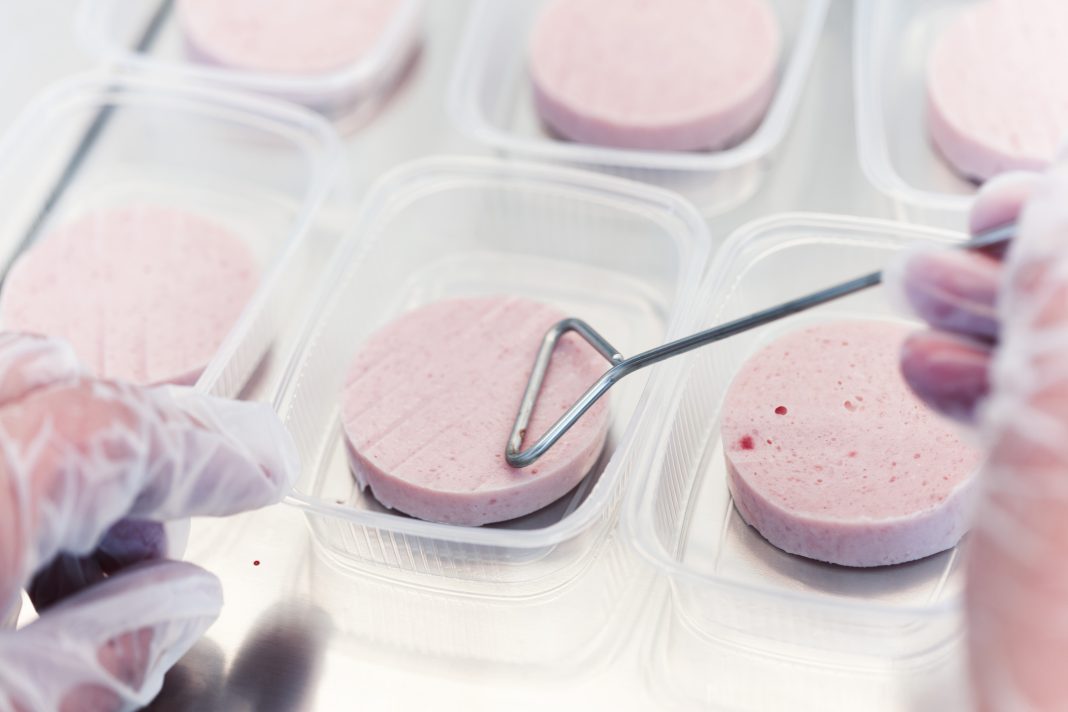Gry Carl Terrell from the Danish Meat Research Institute introduces a valuable tool to maximise shelf life and ensure food safety
A predictive model is a mathematical framework or algorithm that forecasts future outcomes based on historical data.
Predictive models, such as the models in DMRI Predict, allow for the simulation of various storage and handling scenarios and preservation techniques to assess their impact on food safety and shelf life. This helps in decision-making regarding effective preservation strategies, packaging, distribution, and storage conditions. Finally, the models can serve as documentation towards customers, regulatory, and third-party auditors.
DMRI Predict is open to all, free of charge, and can be accessed here.
Shelf-life vs. safety models
DMRI Predict currently contains nine shelf-life models, predicting spoilage, and seven safety models, predicting food safety issues due to disease-causing organisms (pathogens).
Very simplified, shelf-life models are generated by collecting products destined for consumers, storing them at various temperatures in a series of shelf-life studies and evaluating the sensory and microbial quality during the entire storage period until spoilage.
Again, simplified, the safety models are generated by a series of challenge studies, where products are inoculated with the pathogen(s) of interest, stored at various temperatures and growth, inhibition and/or toxin production is monitored over the entire duration of storage. For both models, one or more factors are always added, e.g., the packaging method, pH, added preserving agents, etc., to create useful models for the food industry.
Some models address specific issues, and two examples are described below. One example is the latest model in the collection, namely the Leuconostoc model, which tackles the specific issue of ‘blown packages’ and the other example, the Bacillus cereus, is a model under development that has grown in relevance with the growing popularity of plant-based meat alternatives.
The new Leuconostoc model
The lactic acid bacteria Leuconostoc carnosum and Leuconostoc mesenteroides subsp. mesenteroides are associated with spoilage of MAP or vacuum-packaged plant- and meat- based deli-food products. These organisms are gas producers and are the major cause of blown packages, resulting in significant quantities of deli-food products being discarded due to this type of spoilage.
Model development
Strains of L. carnosum and L. mesenteroides were isolated from blown packs of deli-meat and used to develop the predictive growth model. Model products of deli meat and plant-based sausages with varying combinations of pH and preservatives were manufactured at the in-house pilot plant facilities. They were sliced under sterile conditions, inoculated with the Leuconostoc cocktail, MA- packaged (30% CO2/70% N2), and stored at temperatures between 3°C and 8°C.
Based on the collected data, a model for the growth of Leuconostoc was developed. The final model accounts for the effect of temperature, pH, salt, lactate, acetate, and nitrite.
Model validation
The model was validated against data from previous projects and new shelf-life studies on other types of meat products (baloney and ham), as well as plant-based sausages inoculated with the Leuconostoc cocktail. There was a good fit between observed and predicted values. Thus, the model can be used as an acceptable tool to predict Leuconostoc growth in both meat- and plant-based deli products. Validation of the model (n=52) showed that it was acceptable with a bias factor (Bf) of 0.96 and an accuracy factor (Af) of 1.18.
Developing the Bacillus cereus model
Bacillus cereus can cause food poisoning and is problematic in the food industry for mainly three reasons: it forms spores, may produce potent toxins and some strains can grow at temperatures as low as 4°C. DMRI is developing a model that can predict the growth of B. cereus in heat-treated deli-meat products that are stored vacuum-packaged or MA-packaged (30% CO2/70% N2) at refrigeration.
The role of packaging, preservation, and storage temperature
For a B. cereus spore to germinate, some oxygen must be present in the package. Furthermore, our experiments have shown that MAP (30% CO2/70% N2) provides a significantly better inhibition of B. cereus than vacuum. This indicates growth inhibition caused by CO2.
If the temperature is kept low, it does not take much preservation to defer the growth of B. cereus. At elevated temperature (10°C), B. cereus grows readily in vacuum-packed products. Adding 1.5 % lactate slightly deferred the growth, but the addition of 3% lactate completely inhibited growth for 90 days. Nitrite also showed an efficient growth inhibition, although the effect was temporary.
Model development
DMRI is currently building a model for predicting the growth of B. cereus in sliced deli meats with or without the addition of plant-based ingredients. This is done through a number of challenge tests, where meat mince (with or without added plant-based ingredients) is added various preservatives, inoculated with a cocktail of B. cereus spores, heat treated, vacuum- or MA-packed (30% CO2/70% N2) and stored at 5-10°C. The model is expected to be available on DMRI Predict in 2026/2027.
Acknowledgements
The work has been funded with financial support from the Danish Pig Levy Fund, Nortura SA, and the Danish Agency for Higher Education and Science.


